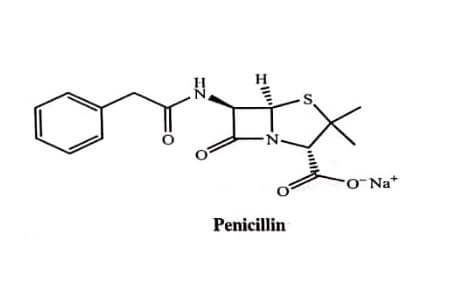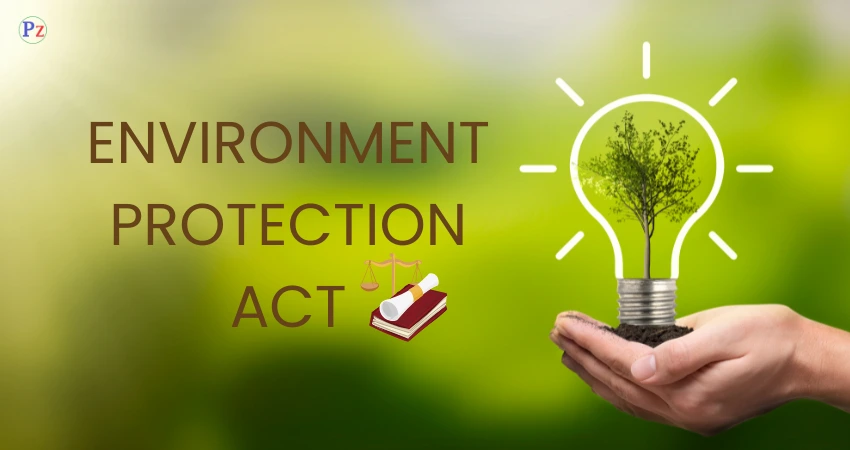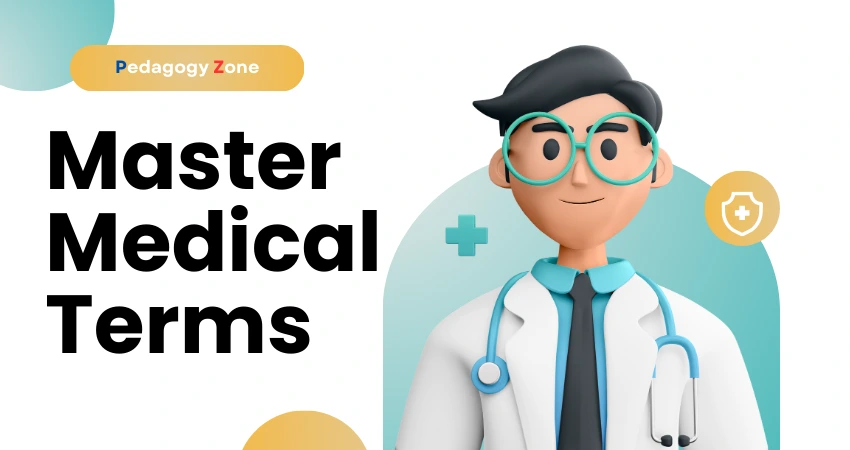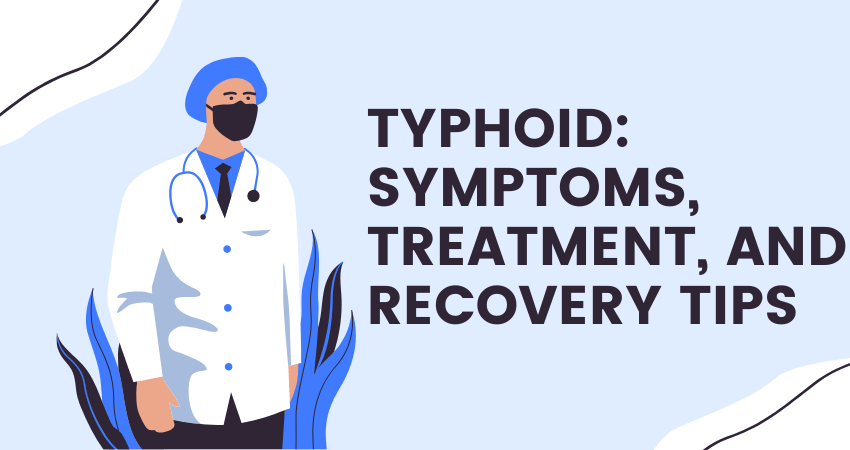In molecular terms, the activity of drugs is initiated by their atomic level interaction with a receptor. Since the association of small molecules (e.g., drugs) with macromolecules (e.g., receptors) is promoted and stabilised by intermolecular interactions, an understanding of the nature of chemical bonds and intermolecular interactions is of great interest to the medicinal chemist.
Although there is no direct correlation between drug-receptor binding energy and drug potency, the energy values provide an approximate estimate of the ease of formation, ease of disruption and the relative strengths of various intermolecular interaction types.
Types of Drug Receptor Interactions
Various types of bonding occur in drug-receptor interactions:
Covalent Bond Interactions : Covalent bonds are not much involved in drugreceptor binding as compared to non-covalent interactions.
It is not desirable that therapeutic agents or drugs bind covalently to its receptor as this linkage may hold for a long time. Such prolonged interactions produce difficulties with long drug half-lives and toxicity.
Covalent binding is desirable in case of exogenous targets or non-self-targets, e.g., viruses, bacteria, parasites, and tumour cells. Thus, it can be concluded that it is not acceptable for a drug to covalently bind to a diseased body tissue or cell, but it is acceptable for a drug to covalently bind to a disease-causing bacterium.
Normally drugs are itself devoid of covalent bond but few of them are forming covalent bond, e.g., anti-parasitic agents that inactivate the thiol enzymes of a parasite through bonding of a heavy metal (e.g., As, Bi, Sb) to the sulphur atoms in the enzyme’s thiol groups are forming bonds to receptor sites. Penicillin, antibacterial agents, and act functions by forming covalent bonds.

Ionic Bond Interactions : These are electrostatic bonds formed between ions of opposite charge, and have very strong electrostatic interaction :
E = e1e2/Dr
Where,
E = Bonding energy (that can approach or even exceed the energy of a covalent bond).
These bonds are ubiquitous and therefore they act across long distances and play a significant role in the actions of ionisable drugs. A typical example of this type of interaction is linkage between the negatively charged carboxylate and a positively charged ammonium.
Dipole-Dipole Interactions : Molecules with partial charge separation between adjacent atoms or functional groups are interacting either with each other (through dipole-dipole interaction) or with ions.
Dipole moments are bond moments which occur by variation in charges and the distance between them within a molecule. They are vector quantities, expressed in Debye units (about 1020 esum, or electrostatic units per metre).
Linear group moments (like in p-dichlorobenzene) cancel each other, and non-linear groups ( m-dichlorobenzene) added vectorially (with sign). Various functional groups have dipole moment hence dipole-dipole interactions are frequent.
A carbonyl (C=O) functional group has a dipole in which carbon is electropositive while oxygen is electronegative.
The energy of dipole-dipole interactions can be calculated from the following expression:
![]()
Where,
μ = Dipole moment,
θ = Angle between the two poles of the dipole,
D = Dielectric constant of the medium.
r = Distance between the charges involved in the dipole
This is long range interaction which declines with the third power of the distance between the dipole charges.
Ion-dipole interactions are more powerful. Energies are around 100−150 kJ/mol. The energy of such an interaction can be calculated from:
E = eμ cos/D (r²-d²)
Where,
e = Fixed charge,
d = Length of the dipole.
Because the bond energy in this interaction declines only with the square of the distance between the charged entities, it is consequently very important in establishing the initial interaction between two ligands.
One of most typical example of a dipole-ion interaction is that of hydrated ions which become different from the same ions in a crystal lattice in the process of hydration.
Hydrogen Bonding Interactions : Hydrogen bonding is important as they stabilise structures by intramolecular bond formation. Typical example of hydrogen bonding is seen between protein α-helix and in the base pairs of DNA.
This bonding does not have significant role in intermolecular bonding between two structures (i.e., the drug and its receptor) in aqueous solution because the polar groups of such structures form hydrogen bonds with the solvating water molecules.
Electrostatic interaction occurs among non-bonding electron pair of a heteroatom (N, O, S) i.e., donor, and electron-deficient hydrogen atom of −OH,−SH, and −NH groups. Hydrogen bonds are directional. Linear hydrogen bonds are better for angular bonds. Hydrogen bonds are weak and their energies between 7−40 kJ/mol.
Charge Transfer (CT) Interactions : It is progressive interactions between two molecules. It involves very weak donor-acceptor dipolar interactions, forming an ion pair, based on delocalisation of electron.
CT complexes occur between electron-rich donor molecules and electron-deficient acceptors. Donor molecules involve p-electron-rich heterocyclic compounds (e.g., furan, pyrrole, thiophene), aromatic compounds having electron-donating substituents, or compounds having free and non-bonding electron pairs.
Acceptor molecules are p-electron-deficient system (e.g., purines and pyrimidines) or aromatics with electron-withdrawing substituents (e.g., picric acid).
Dispersion and Van der Waals Interactions : Among all atoms (e.g., noble gases) Van der Waals linkage is found; even in noble gases and in chemical entities that are based on polarisability (induction of asymmetry in electron cloud of an atom through nucleus of a neighbouring atom i.e., a positive charge).
Though, induced dipoles involve in temporary local attraction between two atoms, this is like induced dipole formation. This is a non-covalent interaction that declines rapidly, in proportion 1/R6(R= distance separating two molecules).
| Read More Topics |
| Plasma protein binding of drug |
| Factors affecting drug distribution |
| On the basis of drug source |
| Introduction and nature of drugs |





